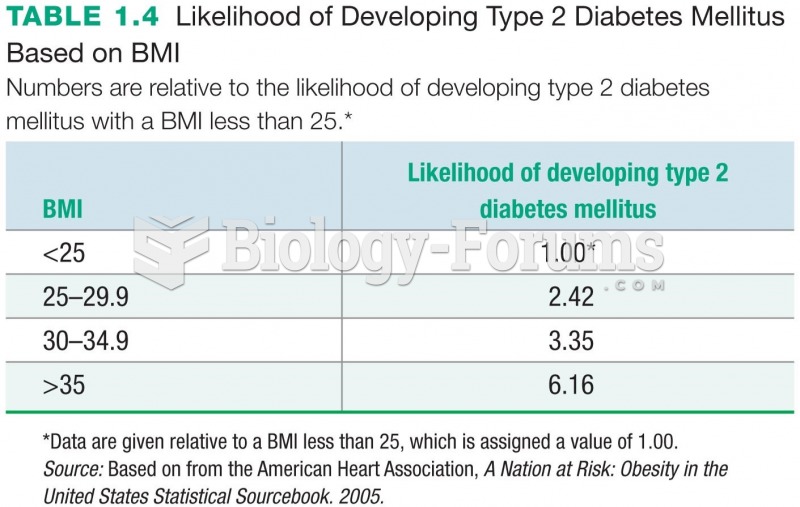Mr. Bradley is a 70-year-old man with a long medical history including uncontrolled diabetes mellitus since age 45 who presents to the West Smithtown Dialysis Center with new-onset end-stage kidney disease. Mr. Bradley lives in an assisted living facility where he receives full-time nursing care. As a dialysis nurse, your role is to review the nutrition guidelines with Mr. Bradley, who has diabetic retinopathy and loss of vision. He is a non-ambulatory war veteran, former smoker, and former alcohol abuser whose BMI is normal, though he has lost 3 of his body weight since being diagnosed with kidney failure one month ago. A food frequency questionnaire shows that Mr. Bradley generally meets his recommended intakes of all food groups, but his fiber intake is low, and his dairy foods consumption exceeds the recommendation by double due to his love of milk, ice cream, cheese, and other dairy products.
You allay Mr. Bradley's fears that his new diet will lack variety and flavor by assuring him that the diet:
a. includes all five food groups.
b. promotes flavor with herbs and low-sodium seasonings.
c. encourages unsaturated fats, such as oil-based salad dressings.
d. allows unsaturated fats, such as mayonnaise.
e. all of the above
f. a and b only
Question 2
Mr. Bradley is a 70-year-old man with a long medical history including uncontrolled diabetes mellitus since age 45 who presents to the West Smithtown Dialysis Center with new-onset end-stage kidney disease. Mr. Bradley lives in an assisted living facility where he receives full-time nursing care. As a dialysis nurse, your role is to review the nutrition guidelines with Mr. Bradley, who has diabetic retinopathy and loss of vision. He is a non-ambulatory war veteran, former smoker, and former alcohol abuser whose BMI is normal, though he has lost 3 of his body weight since being diagnosed with kidney failure one month ago. A food frequency questionnaire shows that Mr. Bradley generally meets his recommended intakes of all food groups, but his fiber intake is low, and his dairy foods consumption exceeds the recommendation by double due to his love of milk, ice cream, cheese, and other dairy products.
Mr. Bradley's comprehension of the need for a lower-phosphorus diet is reflected by his statement that:
a. I will need to eat fewer fatty meats.
b. I will need to avoid legumes.
c. I will need to limit dairy products.
d. I can eat all the bread I want.
e. Becoming a vegetarian would best meet my protein needs.







